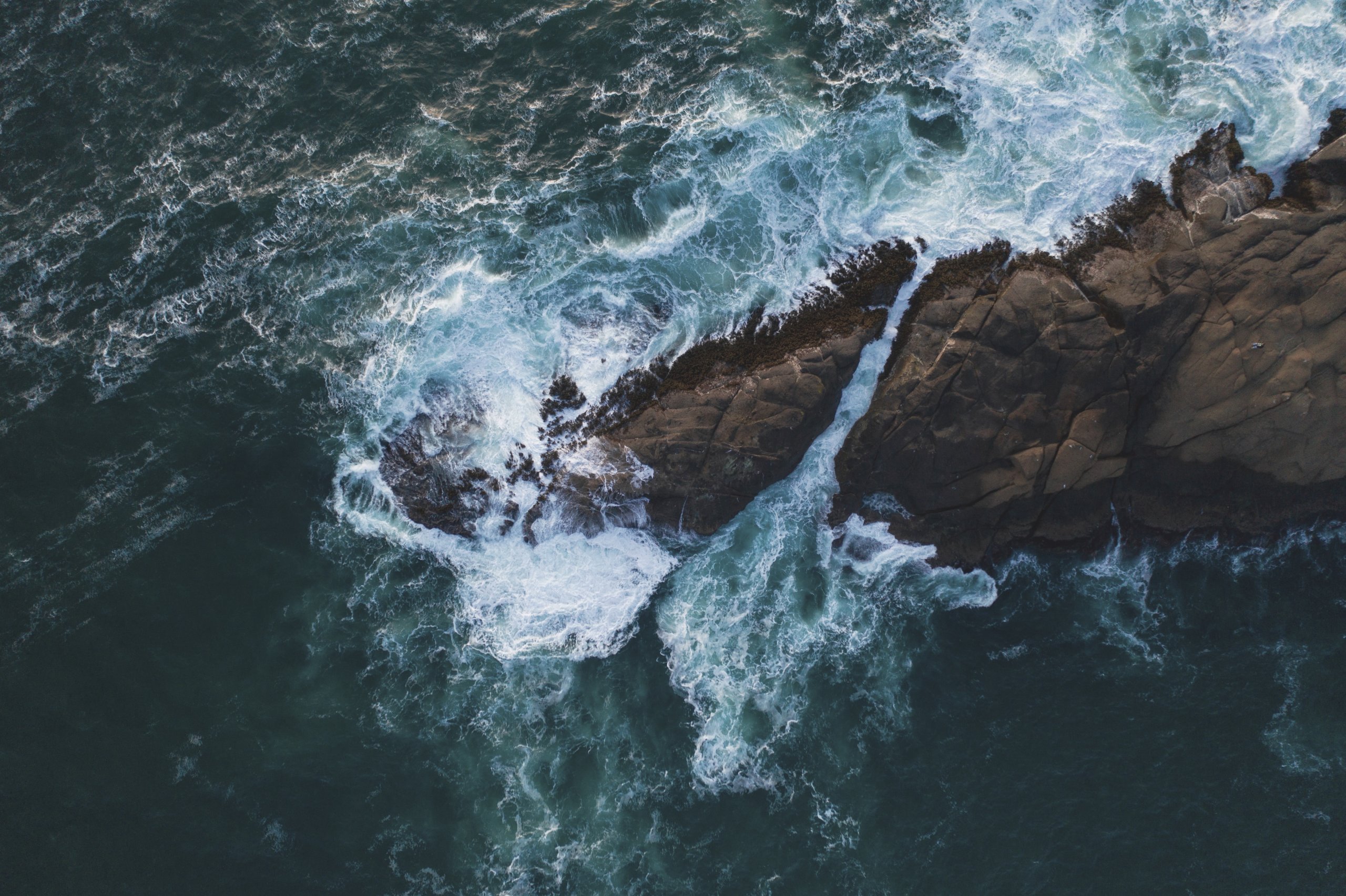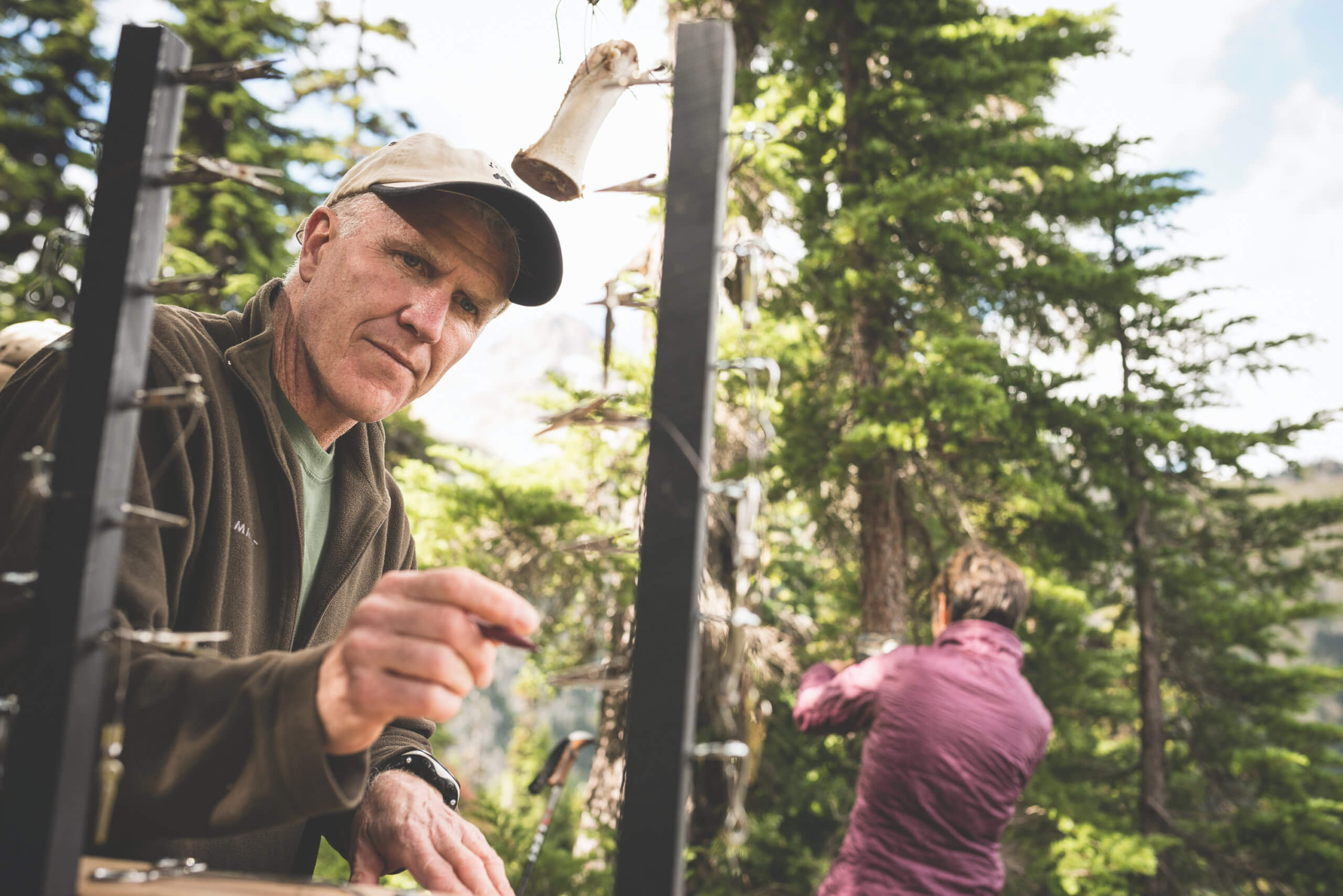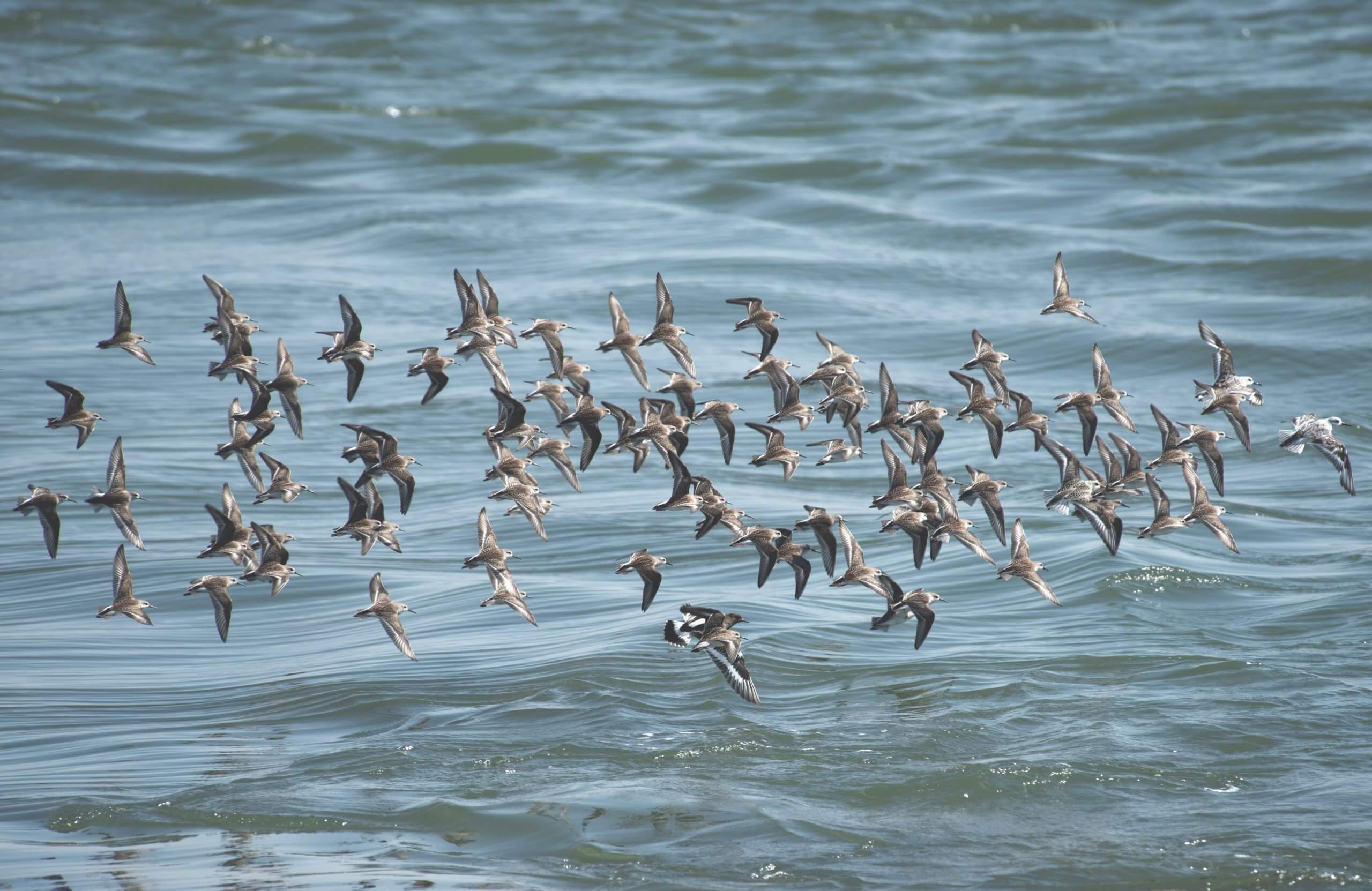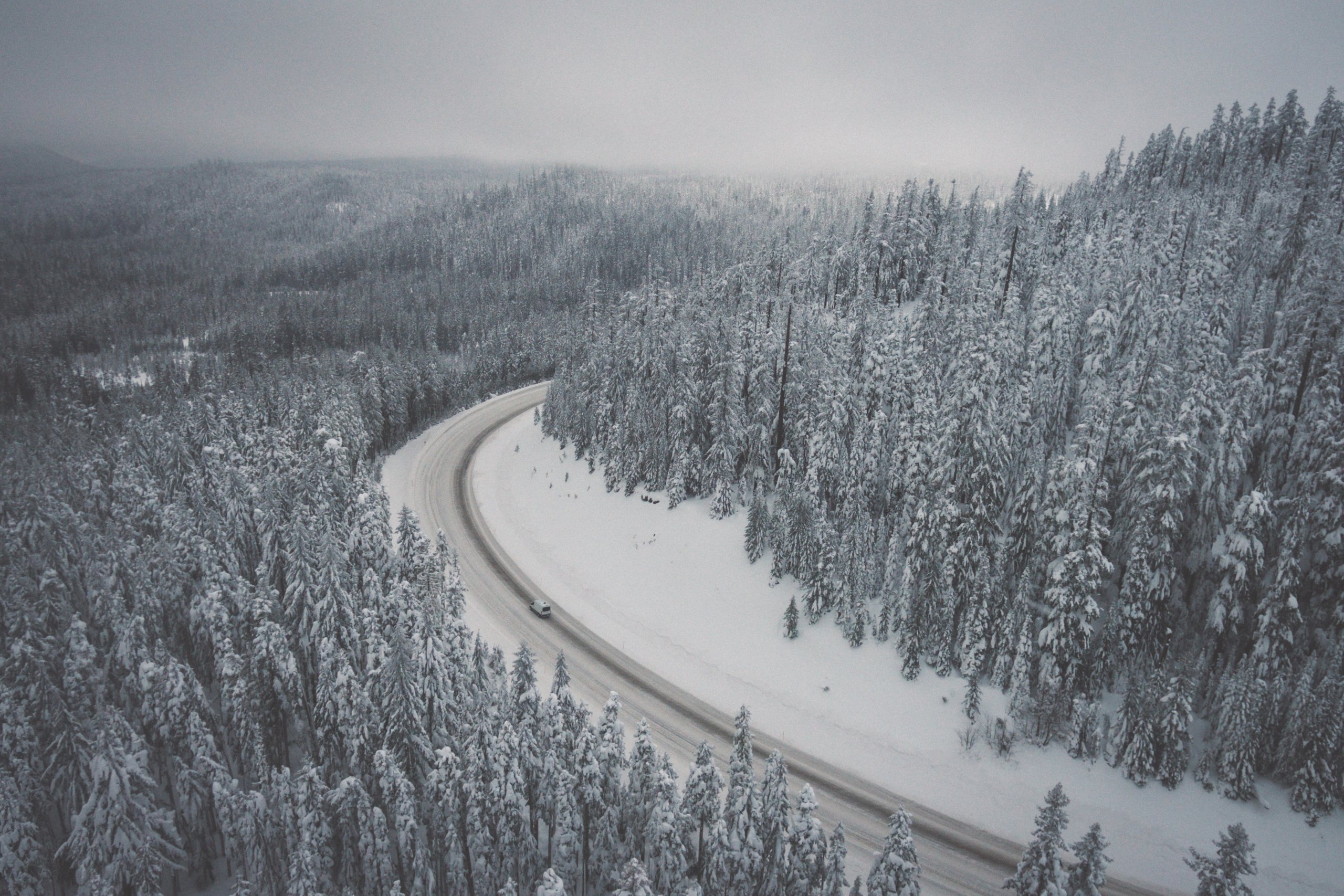At the Huntsman Marine Science Centre and Aquarium in St. Andrews, New Brunswick, two harbor seals gaze through the glass at 20 marine ecologists and me.
This underwater room is a fitting setting for a three-day communications workshop for senior academics, post docs and grad students in the Canadian Healthy Oceans Network or CHONe. Their research focuses on the diversity of marine life in Canada’s three oceans – the Arctic, Atlantic and Pacific – and ranges from the deepest ocean bottom vents to the intertidal zone and the atmosphere.
With me are Cheryl Kawaja and Lisa Johnson from CBC, and Hannah Hoag and John Rennie, two experienced freelancers. Journalists are professional storytellers and we are united in our efforts to tell the scientists one true thing: what people most want from them are stories.
Stories are quite different than issues or topics. Stories help make sense of the world. So in order to engage an audience and get them to care about the science, the scientists have to make the story meaningful – to them. This usually involves being a part of the story. This may sound simple enough, but scientists are trained not to talk about themselves. They speak and write in the passive voice because they’ve been taught it is unseemly to draw attention to themselves. It distracts from the science and the work of their colleagues.
All of these scientists are passionate about their research, but they didn’t know how to tell their stories. And they didn’t know how to connect their stories to what people really want and need to know about their work.
After the journalists and I worked with the scientists to distill the story within their science they began to realize that the details are really “the skin of something much more interesting.” They peeled away the layers to reveal the nice piece of juicy research inside and learned how to explain in a way that is relevant to whomever they are telling.
One night I try an experiment– our version of “The Moth Radio Hour: True Stories Told Live.” Sinking into leather couches in the marine station lounge after a long day, each scientist takes a turn telling us a story.
Dr. Isabelle Côté tells us about studying a coral reef in Barbados, and her affection for a reef fish called the redlip blenny. It is a love story, the tale of a little female who every day, swims far from her home in a coral reef to visit her mate at his nest, where she politely waits to be invited in. One day her mate is not home. The redlip blenny waits and waits. She peeks in the front door. Then she swims to the back door. Eventually, she breaks decorum and goes in. Côté brings tears to our eyes describing the blenny’s search – which led to her discovery about how females select mates and why they go where they do to find them.
We hear scary stories about research vessels running aground in Arctic ice and how a resourceful grad student manages to recover a $25,000 piece of sampling equipment when it inadvertently falls overboard into 140 feet of water. One young scientist reveals the mysterious travels of larval lobsters, cod and shrimp at different oceans depths. Another talks of Arctic algae that hibernate though the long dark winter and likely help kick-start the spring explosion of life and another how dispersal of kelp fragments over vast distances is critical to feed land based animals including birds.
They get passionate and personal. Something clicks. The next day, the scientists start really expressing themselves. They make podcasts, write opinion pieces, and talk animatedly on camera. They learn Twitter and start #CHONews to communicate more broadly and build new audiences. Finally, they start planning where to go with their new skills and tools, forming groups to carry their plans forward.
They know that not a day goes by that the public and policy makers could not benefit from their knowledge to inform current events but too often science is absent from the discussion. They will have their work cut out for them in Canada’s current political climate.
Near the Huntsman marine station is a newly completed government lab for marine scientists that cost ten’s of millions of dollars. But the recently announced federal budget has cut the entire research group that would have studied toxicology there. The Canadian Broadcasting Corporation, Post Media, and other mainstream media have suffered heavy layoffs, meaning fewer voices to tell the stories of what is happening in our world and why it matters.
But now, across Canada, 20 powerful new voices are rising.
The following is an op-ed written by Heike Link, a Université du Québec à Rimouski PhD student, during the COMPASS/CHONe Communications and Leadership Workshop. Heike unravels how the seafloor ecosystem works in the Canadian Arctic and how we can monitor its health. She can’t get enough of ocean mud and will soon be off to the Antarctic.
The Results are Not Enough – Communication is Essential
The fresh air at Huntsman Marine Station gives a boost of energy to my grad student brain. The seeds planted by the recent CHONe/COMPASS science communication and leadership training are growing instantaneously: PhD students should be more than lab rats for science; they can be the horses delivering the message.
As PhD students, we are supposed to concentrate on our science. At the same time, we are often in contact with ‘real people’ while we do our fieldwork. I work in the ecology of the Arctic seafloor in Canada. When heading north, we often pass through local communities before boarding a research vessel. What better place than Iqualuit to tell Northerners why we look at ocean mud?
But we all know the feeling of lost eyes staring at our ‘Latin’ speaking lips. The skill of transferring knowledge has nothing to do with your grade in a taxonomy class – it’s all about learning how to put your message into a story that attracts your audience…. and that skill needs practice.
When it comes to telling conservation managers or politicians why they should care about tubeworms in the Arctic, usually only the well-known and established scientist gets invited. It seems that youngsters can’t be considered because presumably they don’t have the knowledge, or, instead, perhaps they just don’t have enough experience to communicate the important points. I would argue the latter.
When it comes to telling conservation managers or politicians why they should care about tubeworms in the Arctic, usually only the well-known and established scientist gets invited. It seems that youngsters can’t be considered because presumably they don’t have the knowledge, or, instead, perhaps they just don’t have enough experience to communicate the important points. I would argue the latter.
When it comes to telling conservation managers or politicians why they should care about tubeworms in the Arctic, usually only the well-known and established scientist gets invited. It seems that youngsters can’t be considered because presumably they don’t have the knowledge, or, instead, perhaps they just don’t have enough experience to communicate the important points. I would argue the latter.
I heard one adviser at Dalhousie University saying, “When I meet people, they remember my grad student, but they don’t know who I am. I must be doing something wrong!” But don’t we want to be remembered for our contribution to science, and its contribution to society – and less for our name? His student has been a strong horse in his stable delivering their science. And let me assure you, she was a lab rat in the field as well.
I heard one adviser at Dalhousie University saying, “When I meet people, they remember my grad student, but they don’t know who I am. I must be doing something wrong!” But don’t we want to be remembered for our contribution to science, and its contribution to society – and less for our name? His student has been a strong horse in his stable delivering their science. And let me assure you, she was a lab rat in the field as well.



